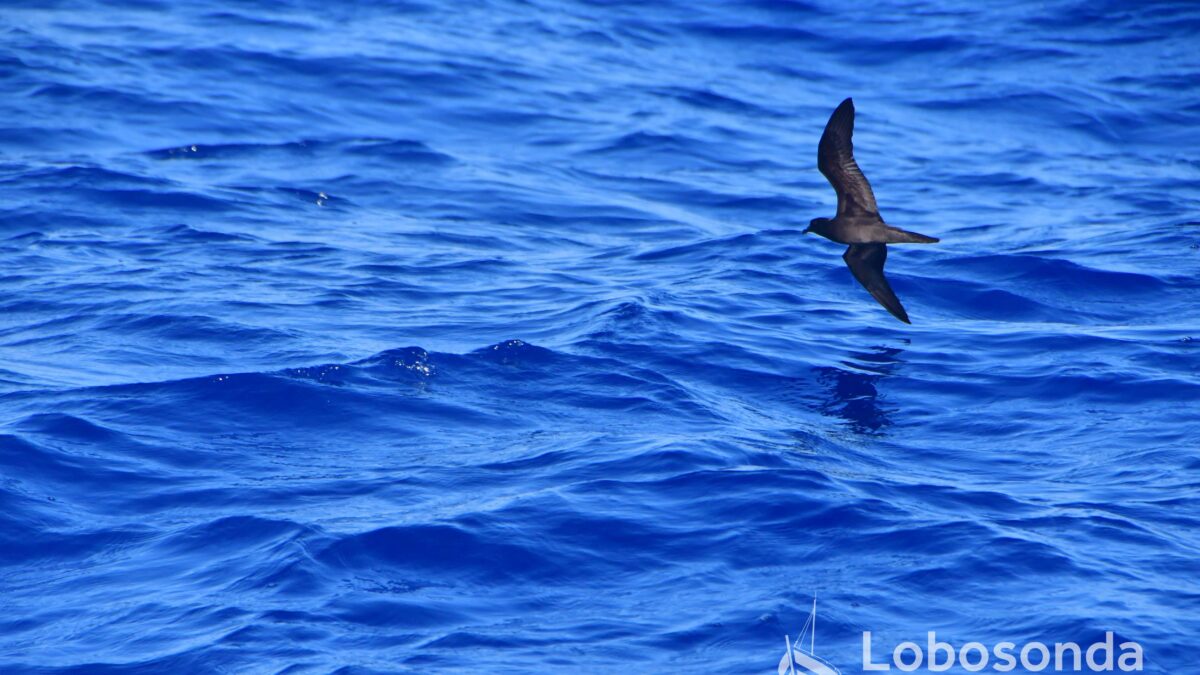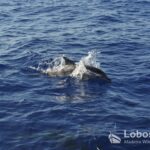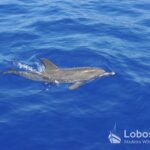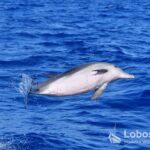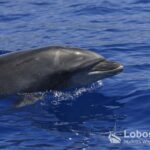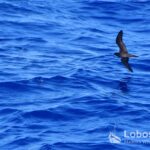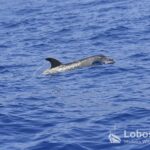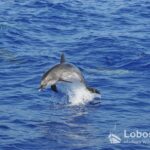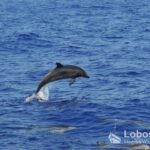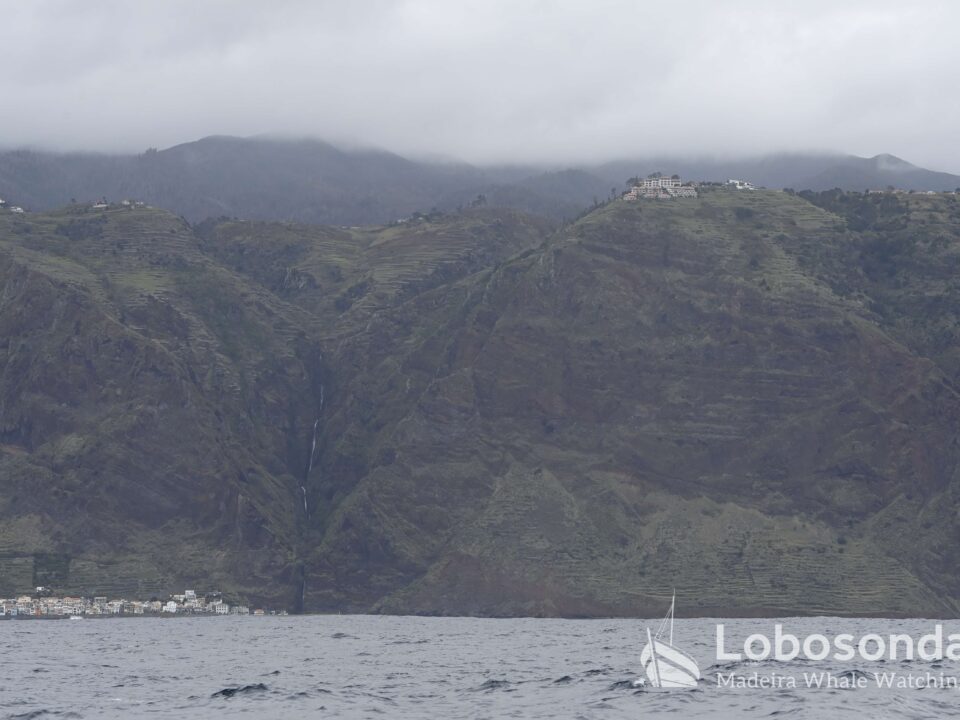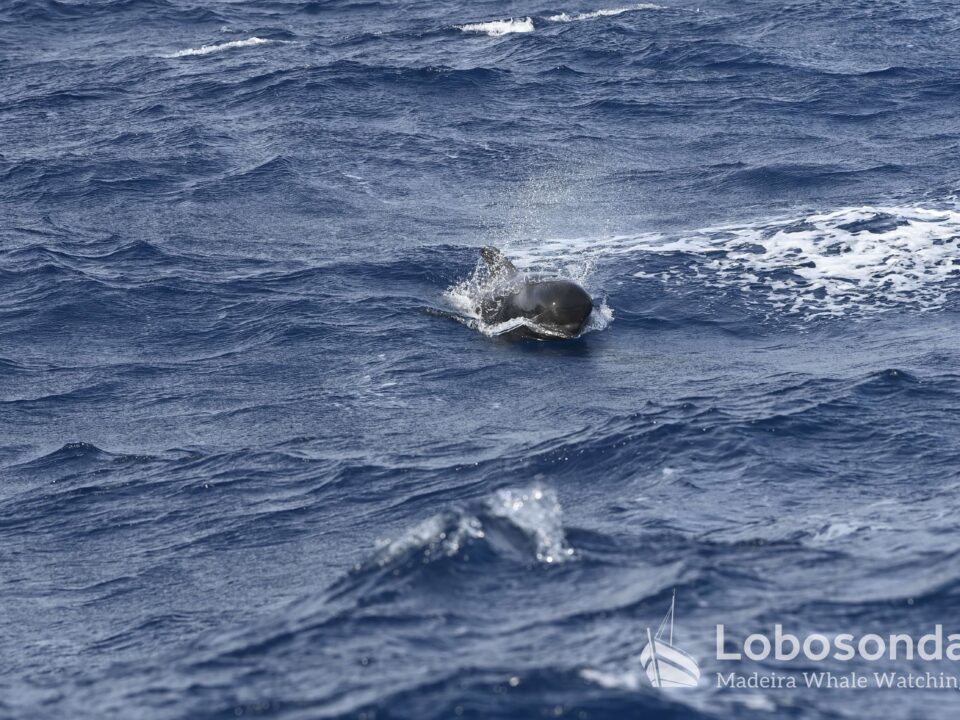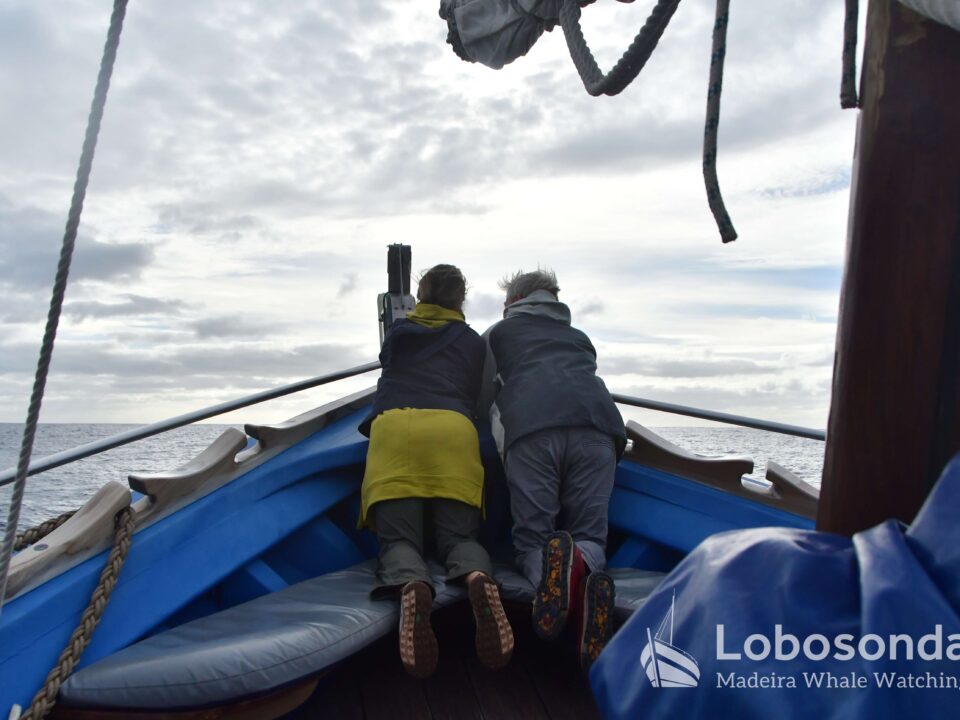
24.07.2025 – Where is the summer?
July 31, 2025
26.07.2025 – Rough day
August 2, 2025In addition to Atlantic spotted dolphins (Stenella frontalis) and Bottlenose dolphins (Tursiops truncatus), which we often see at the moment, there are others that linger on the ocean. Seabirds, gliding over the waves, including the Bulwer’s petrel.
The Bulwer’s storm petrel, scientifically Bulweria bulwerii, is an elegant seabird from the petrel family. It is one of the rather small representatives of this group and is characterized above all by its slender appearance and dark plumage. With a body length of around 27 centimetres and a wingspan of around 70 centimetres, it glides almost silently over the open ocean. This bird lives a pelagic life, meaning that it spends most of its life far from the mainland on the high seas. It only returns to land during the breeding season, usually to remote islands such as the Azores, Madeira or Hawaii. There it nests in crevices, caves or under rocky outcrops to protect itself from predators. Its diet consists of small marine organisms such as fish, squid and planktonic animals, which it prefers to hunt at night. With its long, narrow wings, it is perfectly adapted to life above the open sea. The Bulwer’s petrel was named after the British naturalist James Bulwer, who studied seabirds in the 19th century and lived on Madeira for a while. Despite its wide distribution, the Bulwer’s petrel is hardly known to many people as it is rarely seen near the coast. It is a fascinating example of adaptation to life at sea and a silent glider of the skies – mysterious, inconspicuous and yet impressive. Its Portuguese name is Alma Negra, which translates as “black soul”.
By Fatima Kutzschbach
Sightings of the day
Ribeira Brava
09:00 Atlantic spotted dolphins, Bottlenose dolphins
13:00 Atlantic spotted dolphins, Bottlenose dolphins
16:30 Atlantic spotted dolphins, Bottlenose dolphins
Stenella
09:30 Atlantic spotted dolphins, Bottlenose dolphins
13:30 Atlantic spotted dolphins, Bottlenose dolphins
16:30 Atlantic spotted dolphins, Bottlenose dolphins

